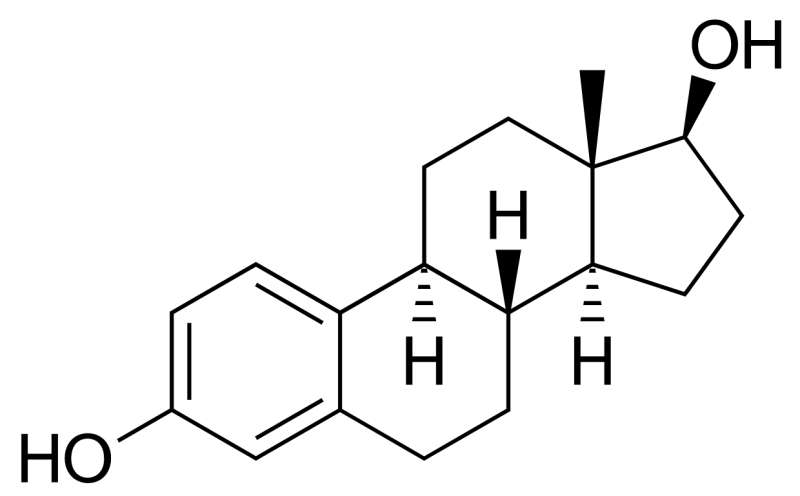Global Drug-Related Deaths Have More Than Doubled in Three Decades, New Study Reveals

A new study reveals that worldwide drug-related deaths have more than doubled over the past thirty years, despite only a slight decrease in drug use prevalence rates. The research highlights systemic gaps in harm reduction and treatment access that contribute to the increasing health burden. Learn more about this alarming trend and the urgent need for global health interventions.
Recent research highlights a troubling global trend: although the number of new and existing cases of drug use disorder (DUD) has remained relatively stable, the death toll and health burden associated with drug use have significantly increased over the past thirty years. A comprehensive analysis published in Frontiers in Psychiatry analyzed data from the Global Burden of Disease Study, estimated by the Institute for Health Metrics and Evaluation, showing that from 1990 to 2021, the incidence of DUD rose by 36%, reaching 13.6 million new cases annually. During the same period, the total number of people affected by DUD increased by 34%, totaling over 53 million individuals worldwide. However, when adjusting for population growth, the prevalence rate per 100,000 people slightly declined by 6%, indicating a modest decrease in new cases relative to population size.
Nevertheless, the mortality rate attributable to drug use saw a stark rise of 31%, with deaths increasing from 61,774 in 1990 to approximately 137,278 in 2021—more than doubling. Correspondingly, years of healthy life lost due to disability and death, measured as disability-adjusted life years (DALYs), surged by 75% during this period, indicating a worsening health impact.
The study underscores that this paradoxical increase in death and disability, despite a slight decrease in prevalence rate, points to systemic failures in harm reduction, treatment access, and social support systems. The rise in deaths is largely attributed to the proliferation of potent substances like opioids and cocaine, compounded by deteriorating healthcare and social conditions for users.
High-income countries, such as North America and Western Europe, experienced the most significant increases, with North America showing an 11.2-fold increase in drug-related deaths and the United States registering the highest prevalence of DUD. The authors warn that without rapid scaling up of overdose prevention, treatment, and harm reduction strategies, these trends are likely to persist or worsen, especially in aging populations and economically stressed regions.
This research emphasizes the urgent need for global health initiatives to address the systemic issues fueling the drug use epidemic and reduce the associated mortality and morbidity. As the study concludes, the current patterns predict a grim outlook unless there is coordinated and targeted action to improve prevention, treatment, and social support for those affected.
Stay Updated with Mia's Feed
Get the latest health & wellness insights delivered straight to your inbox.
Related Articles
Innovative Blood-Based Epigenetic Clock Measures Intrinsic Capacity to Assess Aging
A new blood-based epigenetic clock developed by researchers measures intrinsic capacity—critical functions that determine healthy aging—offering a promising tool for predicting longevity and assessing aging interventions.
Promising Early Findings of Niraparib in Treating Advanced Melanoma
Early clinical trial results indicate that niraparib, a PARP inhibitor, shows promise in treating advanced melanoma with specific genetic mutations, potentially expanding targeted therapy options for patients.
Innovative Early Testing Strategies May Prevent Dangerous Falls in Seniors
Early detection of subtle walking abnormalities can help prevent falls among seniors, potentially saving lives and reducing healthcare costs through proactive mobility monitoring.
US Health Experts Prepare to Reevaluate Risks Associated with Hormone Replacement Therapy
US health authorities are set to review the safety of hormone replacement therapy, a common treatment for menopausal symptoms, amid ongoing debates over its potential risks and benefits.



